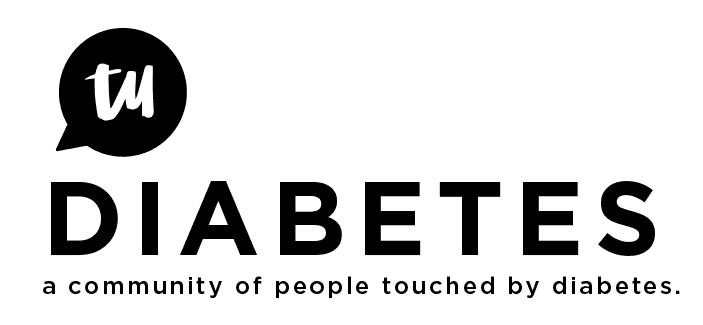Here’s a great, simple yet informative description of LADA that I found on the Diabetes Exercise and Sports Association web site. Thanks to Dr. Sheri Colberg!
Type 1.5, or LADA (Adult-Onset Type 1)
If you have LADA (latent autoimmune diabetes of the adult), sometimes called type 1.5 or slow-onset type 1, you still have a form of type 1 diabetes and will be insulin requiring at some point. Over half of all cases of type 1 diabetes are now being diagnosed in adults of all ages, so it’s not surprising that the American Diabetes Association stopped calling it juvenile-onset diabetes over a decade ago. The onset of LADA is generally much slower in adults than it is in youngsters, and the symptoms may be controllable much longer without going on insulin. If you have LADA, you may still be making some of your own insulin for a while, which makes controlling your blood sugars much easier. After you eventually lose your glucose control even when you’re still exercising like a fiend, it’s time to consider insulin injections (or an insulin pump) your friend and not your foe.
If you’re an extremely athletic adult (age 25 or older) and you were diagnosed with type 2 while regularly active and at normal or near-normal body weight, you likely have LADA instead. Up to 20 percent of people with type 2 diabetes actually have LADA. Being misdiagnosed with type 2 because of your age is common, and you may initially respond well to oral diabetes medications (which further confuses the diagnosis). But you’re not likely to be insulin resistant as a true type 2 person is. If desired, you can get antibody tests done to help make the diagnosis of LADA, mainly because you need to start your insulin therapy (rather than diabetes pills); early treatment with insulin injections may actually help preserve your remaining pancreatic beta cells for a little longer.
Content reprinted with permission: Diabetic Athlete’s Handbook, Your Guide to Peak Performance, by Dr. Sheri Colberg. Human Kinetics, November 2008.
